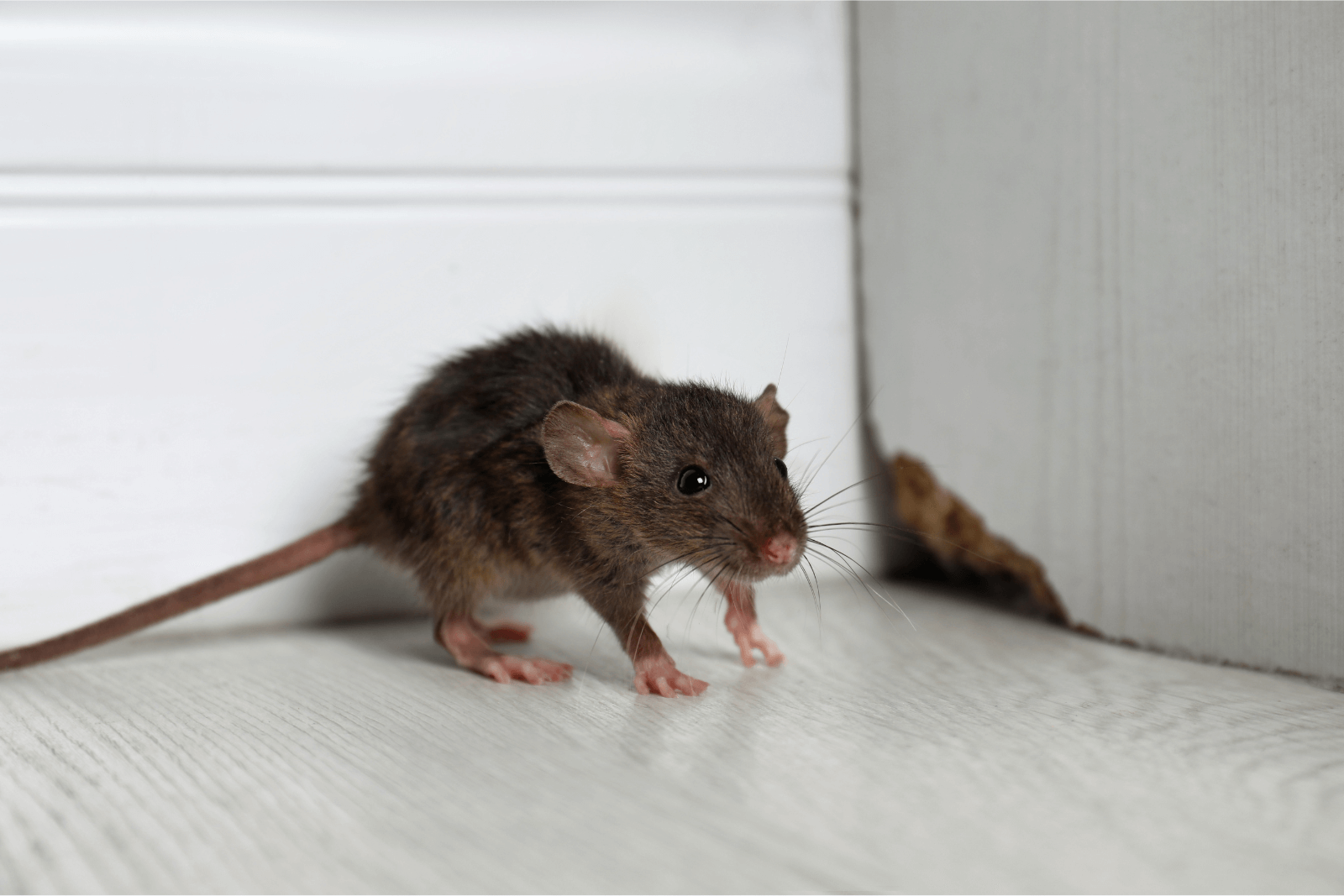How much do you know about your insulation? It might be hard to believe, but wildlife and animals often damage insulation, affecting your home’s comfort and energy efficiency.
Understanding the Problem
Your home’s insulation plays a crucial role in maintaining a comfortable indoor environment and reducing energy costs. It helps regulate temperature by keeping the heat inside during the winter and the cool air in during the summer. Unfortunately, insulation can become a target for various wildlife and animals seeking shelter, warmth, or even a snack.
Common Culprits
Several wildlife species are known for causing damage to insulation:
- Rodents: Mice and rats are notorious for gnawing through insulation to create nests. They can also contaminate the insulation with urine and feces, posing health risks.
- Squirrels: These agile creatures can gain access to your attic and chew through insulation to build nests or store food for the winter.
- Birds: Pigeons and other birds may nest in attic spaces, displacing or damaging insulation in the process.
- Raccoons: Raccoons can be surprisingly destructive when they enter your home. They might tear through insulation to create nesting sites.
Signs of Insulation Damage
Detecting insulation damage caused by wildlife or animals requires vigilance. Look out for these common signs:
- Strange Noises: Unusual scratching, scurrying, or chirping sounds coming from your walls or attic can be a sign of animal activity.
- Droppings: Animal droppings in your attic or crawl spaces indicate the presence of animals.
- Torn Insulation: If you find torn or shredded insulation, particularly in your attic or walls, it’s a clear indication of wildlife damage.
- Unusual Odors: The smell of urine or feces may permeate your home if animals have taken up residence in your insulation.
Why Is Insulation Damage a Concern?
Insulation damage can have several negative consequences for your home. One of the biggest concerns is energy loss. Damaged insulation loses its effectiveness, leading to increased energy bills as your heating and cooling systems work harder to maintain the desired temperature.
Animals chewing through insulation may cause structural concerns, damaging wires, pipes, or other essential components of your home. The presence of animal waste in insulation can also lead to health issues, including allergies and respiratory problems.
Addressing the Issue
If you suspect wildlife or animals have damaged your insulation, here’s what you can do:
1. Identify the Culprit
Determine the type of wildlife or animal causing the damage. This will help you choose the most appropriate removal and prevention methods.
2. Contact Pest Removal Professionals
Dealing with wildlife can be tricky and potentially dangerous. It’s best to leave removal to experienced pest removal specialists who can safely and humanely remove the animals from your home.
3. Repair or Replace Damaged Insulation
After the animals are removed, assess the extent of the damage. In some cases, you may need to replace the insulation entirely. Consult with a professional to determine the best course of action.
4. Seal Entry Points
To prevent future infestations, identify and seal any entry points that animals may have used to access your home. This may involve repairing holes in your roof, attic vents, or other vulnerable areas.
5. Consider Insulation Alternatives
If you live in an area prone to wildlife intrusions, you might want to explore insulation alternatives that are less attractive to animals. Your pest removal specialist can offer recommendations based on your specific situation.
Preventing Future Damage
Once you’ve addressed the immediate issue, take steps to prevent wildlife and animal damage in the future. We recommend routine inspections of your home, especially in areas vulnerable to wildlife entry. Keep trees and branches trimmed away from your home, so it’s harder for animals to access your roof and attic. Use mesh or screens to cover attic vents, chimney openings, and other potential entry points. Keeping trash bins tightly sealed can also deter raccoons and other scavengers from coming onto your property.
Nuisance Wildlife Services
Wildlife and animals damaging insulation is a problem that can impact your home’s comfort, energy efficiency, and even your health. If you suspect an infestation, don’t hesitate to contact pest removal professionals to address the issue safely and effectively. We’ll help you assess the concern and remove any pests or wildlife from your home.


